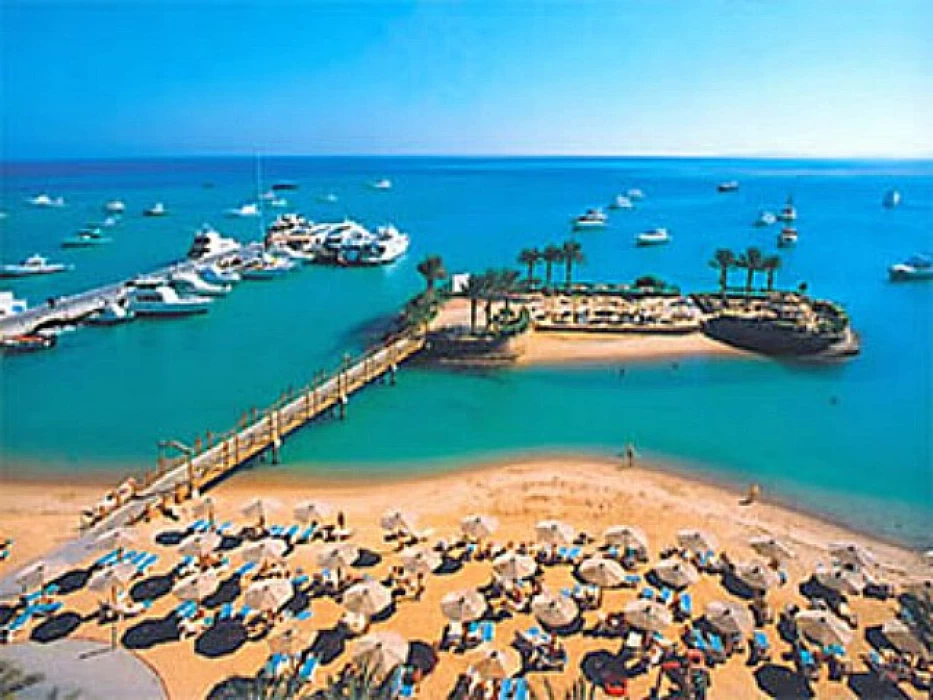
Eco-Healing in Safaga - Red Sea
Eco-Healing in Safaga - Red Sea
Firstly, the history of medical tourism in Egypt can be traced back to the ancient Egyptians as Pharaonic civilization was highly advanced in the field of medicine and further utilized the therapeutic value of natural agents. This is well illustrated by the process of mummification, which remains unsolved till date. Also, King Imhotep was known to be an unrivalled medical genius, and historians unanimously agree that he was the dean of world medicine and the first inventor of the art of medicine.
Egypt has about 3,000 eyes suitable for ecological healing, and these places are spread in Safaga, Ras Sidr, Siwa, Aswan, New Valley, Helwan, Matrouh, and the South Sinai; thus, Egypt is the richest country in medical tourism sources, pointing out that other countries have one or two sources of ecological healing and yet achieve great revenue from the exploitation of these sources.
Tourists come to Safaga for treatment and environmental hospitalisation for psoriasis and rheumatoid diseases because this type of tourism is continuous throughout the year and is not affected by any crises in the tourism sector; because tourists come for hospitalisation and treatment and come with one or more companions and the duration of treatment is up to 4 weeks.
Medical studies conducted in the recent period indicate that sick tourists who underwent the nature of treatment in Safaga, 90 per cent of them were completely cured, and 10 per cent had a clear improvement and will repeat the treatment until full recovery. The sun's rays help release vitamin D from subcutaneous fat, which plays an important role in strengthening and increasing bone density.













